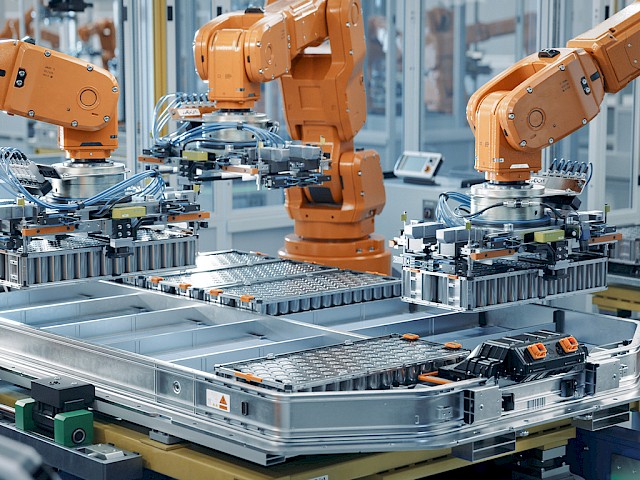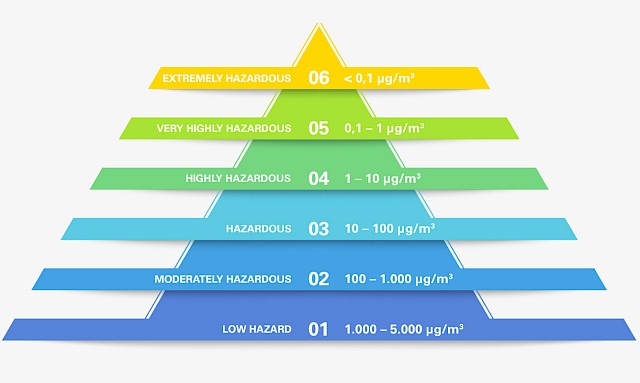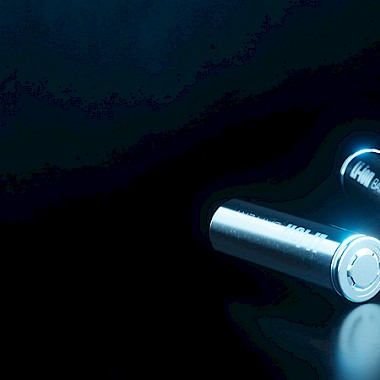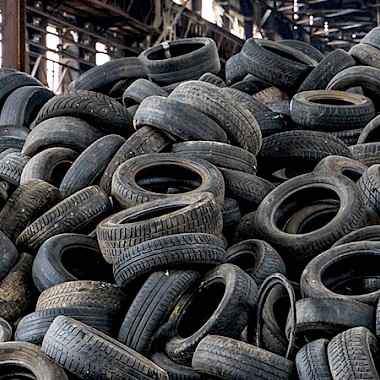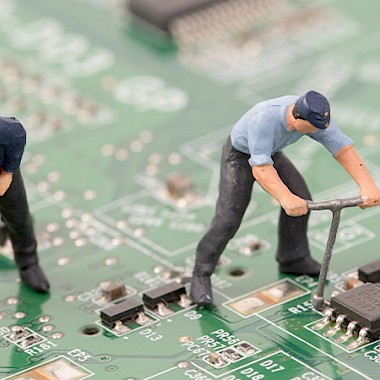Electrifying: Batteries
Energy for the mobile future
E-mobility is gaining more and more ground in Europe; electric cars are no longer a rarity on our roads. High-quality batteries supply electric motors with energy – and play an essential part in the success of the more climate-friendly vehicles. Producing these state-of-the-art batteries holds special challenges and requires absolute precision. Kubota Brabender Technologie knows how to master the feeding process of the necessary raw materials.
E-mobility: The trend of the future
More climate protection, less dependence on fossil fuels, cleaner air: the switch to electrically powered vehicles offers many advantages. E-mobility is a big step forward on the way to a sustainable future. It reduces noise pollution, saves energy, and produces significantly less pollutants – especially when used together with electricity from renewable sources, such as wind or solar power. It thus promises a better quality of life for people all over the world.
The history of e-mobility
The electric motor was born over 100 years ago – and thanks to innovative battery technologies, its golden era is about to dawn.
Success factor batteries
As the heart of electric motors, batteries are the key component of electrification. To become even more suitable for the masses and allow a real mobility transition to sustainable transport, electric cars, e-bikes, and the like depend on the growing range and reliability of the battery cells that supply their drives with electricity. In other words, the momentum that e-mobility is rapidly gaining worldwide is powered by the continued technical advancement of batteries.
Rapid progress
The development of lithium-ion cells is taking big steps. Every new generation of batteries provides higher power density, more safety, and shorter charging times. In addition, innovative new battery technologies promise to become an alternative in the future – solid-state batteries with solid electrolyte are one such example, and are expected to be market-ready in a few years.
The market for batteries is transitioning from niche to mass production; European manufacturers are investing in production-related research and development as well as in establishing their own cell production, which allows them to enter series production quickly. This way, they can drive forward the further development of the battery cells themselves, developing new standards and optimally controlling and monitoring the vital step of production.
How does a lithium-ion cell work?
Lithium-ion cells – as used in electric motors – consist of several units bundled together in a housing. These units are lithium-ion batteries, also called Li-ion batteries: rechargeable batteries based on lithium compounds. They store electrochemical energy and convert chemical energy into electrical energy when discharging.
The lithium-ion cell's smallest unit has one positive and one negative electrode – the cathode and the anode – as well as a separator that separates the electrodes from each other. The ion-conductive electrolyte fills the space between these elements. The reactive materials in the electrodes contain lithium ions: molecules that have either less or more electrons than protons, and thus have a positive or negative electric charge. Lithium ions can move through the separator between the electrodes, but electrons cannot.
During the charging process, electrons flow from the cathode to the anode via an external circuit. At the same time, positively charged lithium ions are attracted to the negatively charged anode, move through the separator to the anode, and take free electrons here. This is how energy is stored in the battery.
During cell discharge, electrons flow through an external circuit from the negatively charged anode to the cathode, the positive electrode; electrical energy is released in the process. At the same time, lithium ions move through the separator to the cathode.
Lithium battery types
By 2030, the global demand for lithium batteries is expected to increase more than tenfold. Electromobility has a significant share in this. In today's Europe, these types of lithium-ion batteries are particularly relevant:
- Nickel Manganese Cobalt (NMC) – currently the most widely used battery in European production facilities; used in e-bikes and electric cars as well as mobile phones and notebooks
- Nickel Cobalt Aluminum (NCA) – characterized by high energy density and long service life; used in some brands of electric car as well as electronic devices
- Lithium Iron Phosphate (LFP) – offers high charging and discharging currents, very good temperature stability, and long service life; used in power tools, RC models, as a starter battery for internal combustion engines, and in the 100 USD laptop for developing and emerging countries
- Lithium Nickel Manganese (LNMO) – new technology for the next generation of lithium-ion batteries; cobalt-free, very high energy and power density
The challenge of battery production
The manufacturing process of a battery essentially consists of three steps: electrode manufacturing, cell assembly, and cell finishing, in which the battery is charged and discharged for the first time. For the production of the electrodes, active materials as well as additives, solvents, and binders are combined into a homogeneous coating paste – the so-called slurry. The slurry is then applied to electrode films, dried, and compressed.
The complex production requires absolute precision in the feeding of raw materials, especially active materials such as graphite and lithium cobalt oxide. Working with toxic and explosive substances poses special demands. Each step must also be extremely precise in terms of speed, and many of the materials used have challenging properties and difficult flow characteristics. As an experienced production partner of the industry, Kubota Brabender Technologie has the expertise to master these challenges.
Safety through comprehensive concepts and proven technology
A comprehensive safety concept is required to safely process toxic and explosive materials. Kubota Brabender Technologie provides devices that implement all special measures required within the framework of such a concept. This is highly relevant when, for example, feeding graphite, binder, lithium metal oxides, additives, and cobalt sulfate mixtures for the cathode, as well as graphite, binder, and lithium titanate for the anode.
Three aspects are of particular importance for safe battery production:
- Protection of personnel from contact with toxic substances by containment concept and closed systems,
- Protection of the environment by suitable filter and disposal systems, and
- Protection against explosions through explosion protection concept, zone separation, and the use of suitable devices, such as the ATEX-compliant products of Kubota Brabender Technologie.
Personnel protection through containment solutions
The hazard potential of the processed material determines the degree of safety that containment solutions have to offer in order to effectively protect employees. To accurately assess this potential, materials are divided into groups that establish guidelines for their safe handling.
The OEL (Occupational Exposure Limit) defines the concentration of a substance in the air that employees can be exposed to for a certain period of time without harmful effect. The OEB (Occupational Exposure Band), on the other hand, classifies substances according to their potential effects on health. The spectrum ranges from substances classified as OEB 1, which have no toxic potential and are harmless, to materials classified as OEB 6 with extremely high toxic potential.
Certified quality for all OEB classes
Kubota Brabender Technologie provides feeders certified for processing substances of all OEB classes. The feeders' OEB variants are characterized by various modifications:
- All transfer points in the product space are designed as solid flanges with milled surfaces and enable reliable sealing.
- The transfer points between the flanges are equipped with FDA-approved O-rings, the agitator seal features an additional O-ring, and the twin shaft seal is sealed with a flat gasket.
- The leakage-monitoring opening in the gearbox is secured with sealed viewing glasses. In the event of a failing shaft seal, this prevents leakage of the product.
- In order to prevent an accidental opening of the lid, hopper, or screw tube, the quick-release fasteners cannot be released without tools.
Explosion protection through ATEX-compliant production
Battery production involves the processing of highly flammable and explosive materials. The manufacturer divides hazardous areas into zones according to the duration and frequency that explosive atmospheres occur in them. In each zone, only devices suitable for operation in a potentially explosive atmosphere of the type in question are used. The classification of zones and device categories is carried out according to the ATEX directives. The term ATEX is derived from the French term Atmosphères Explosives.
Kubota Brabender Technologie's ATEX-compliant feeders for battery production are designed for use in potentially explosive atmospheres.
- All devices in question are constructed to have no effective ignition source.
- Their maximum surface temperature is below the ignition temperature of the respective explosive substances.
